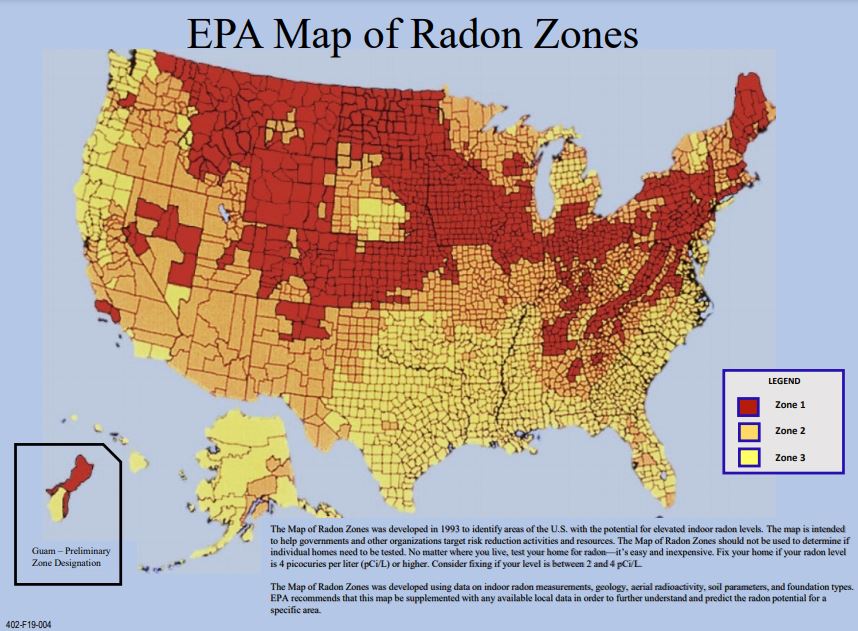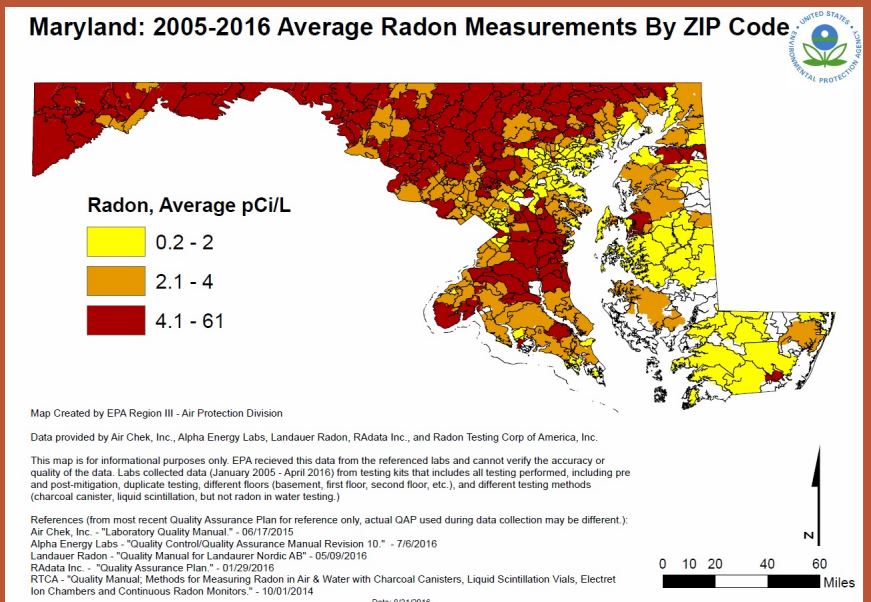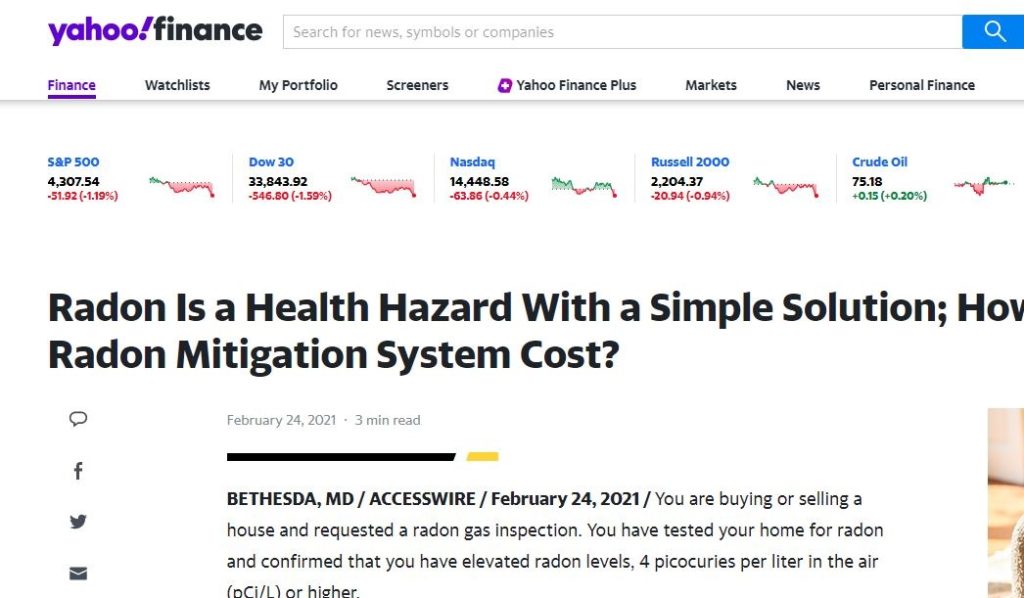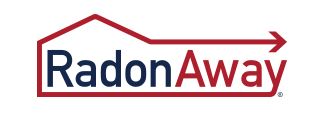DIY Radon Mitigation System
A radon mitigation system is a system that is designed to reduce the levels of radon gas in a building or home. These systems typically consist of a ventilation system and/or a gas-permeable layer in the foundation, which allows the radon gas to escape from the soil and be safely vented outside the building.
There are several different types of radon mitigation systems, including sub-slab depressurization systems, sub-membrane depressurization systems, and air exchange systems. The type of system that is appropriate for your home will depend on factors such as the construction of your home, the level of radon gas present, and the location of the radon source.
If you suspect that your home has high levels of radon gas, it is important to have a professional radon mitigation contractor conduct a radon test and design a mitigation system that is appropriate for your specific situation. A properly installed radon mitigation system can be very effective in reducing radon levels to safe levels, typically less than 4 picocuries per liter (pCi/L).
It is not recommended to attempt DIY radon mitigation as it can be a complex process that requires specialized knowledge and equipment. Improper installation or maintenance of a radon mitigation system can result in the system not functioning properly, which can potentially make the radon problem worse or create new issues in the home.
Radon mitigation professionals have the training, experience, and specialized equipment needed to accurately assess the radon levels in a home, design and install an effective radon mitigation system, and ensure that the system is working properly over time. Additionally, professional radon mitigation contractors typically offer warranties and guarantees on their work, which can provide peace of mind and protect homeowners from future problems.
Therefore, it is highly recommended that you hire a qualified radon mitigation contractor to assess your home, design and install a radon mitigation system, and ensure that it is properly maintained over time. This will help ensure that your home is safe from the harmful effects of radon gas.











